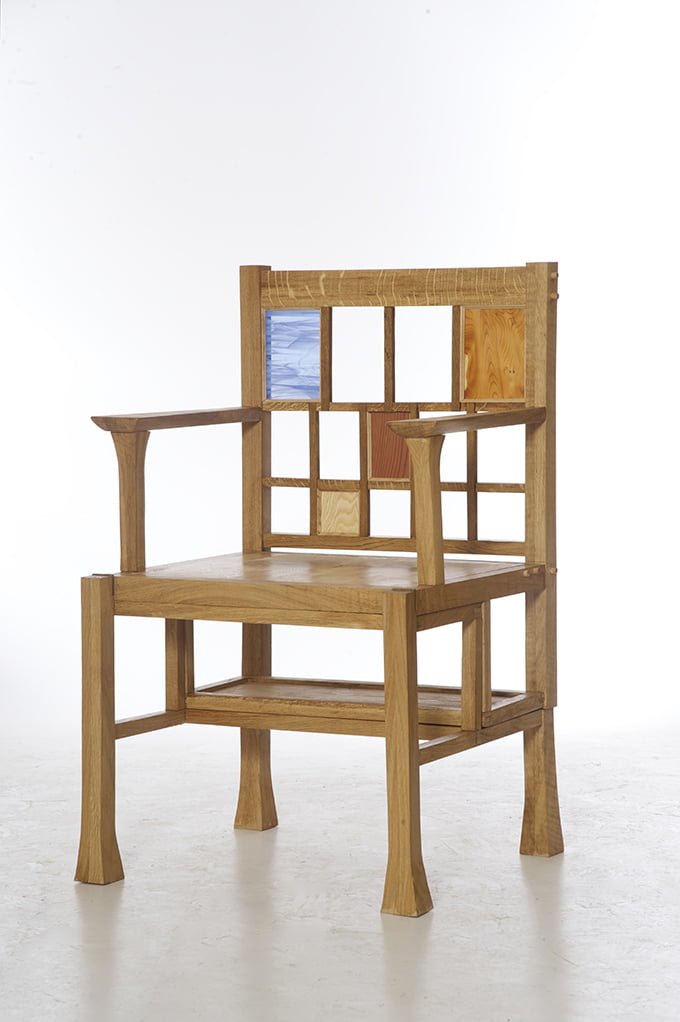Having recently graduated from the Chippendale School’s 30-week furniture design course I have spent some time reflecting on what made it such an enjoyable and effective learning experience.
As with most things in life, it comes down to the people involved and how we all worked together, which in turn is a result of the student recruitment process and the learning approaches within the course itself.

Both of these reflect school principal Anselm Fraser’s oft-repeated mantra of ‘diversify, diversify, diversify’. The mix of ages (21-55+), nationalities and life experiences amongst the students brought a richness of ideas and perspectives to solving problems and inspiring designs. The course is a learning experience, not a training course.
Producing beautiful pieces of furniture cannot be learned from books alone and there are few absolutes in their construction. Rather, there are many possible ways of selecting and putting pieces of wood together, some more appropriate than others to the particular design and purpose of any individual piece.
I came to the course from 20+ years in various fields of education, from teachingscience to teacher-educator and university tutor. I chose this course as the teaching and learning was described as experiential (hands on) and collaborative (peer to peer), as well as tutor supported in one-to-one sessions.
Having promoted this diverse approach to teaching, which addresses the variety of ways in which people learn maximizing opportunities for learning, it was exciting to have the chance to be a student in this situation rather than the teacher.
It was interesting to find some fellow students who did not appreciate that this was a deliberate process and were uncomfortable with the expectation that they should see their peers as learning resources. This was perhaps a misunderstanding of the fundamental aim of the course which is to develop independent furniture makers, with the confidence to think things through for themselves and also to know when to ask others.

lf students are too dependent on the ‘experts’ in the room they will either be unable to make decisions for themselves when setting up on their own, or they rely on a limited repertoire of skills and design ideas as they are unaware of the breadth of possibilities having been ‘trained’ to make only a few standard pieces. Through encouraging us to undertake very diverse personal projects there is a wide range of design styles and construction techniques to share throughout the course.
Using a collaborative learning approach to the course it can draw on the diversity of knowledge and experience within the students as well as the tutors. Activities such as the regular 15-minute student ‘stand-ups’ at the start of the day encouraged the sharing of problems and ideas, enriching everyone’s learning. Leading these stand-ups also deepens and clarifies the understanding of each student. Actually having to think the issues through and find the language (including pictures and demonstrations) to explain them to others is a profound learning process (ask any newly qualified teacher).
On an individual level it strengthened personal communication skills, so necessary when working with potential customers. As a group this peer-to-peer learning broadened and deepened the course through sharing the wide range of design and construction issues from the diversity of personal projects undertaken.
It also developed an atmosphere of trust and mutual support amongst the students which made the whole course a joy to be a part of. I would like to give a big Thank You to all my fellow students and the staff at the Chippendale School for their generosity and friendship.
Liz Jackson, Tree & Leaf Furniture, is based in Gairloch, Wester Ross.
T: 01445 771022 E: lizjackson@btinternet.com
